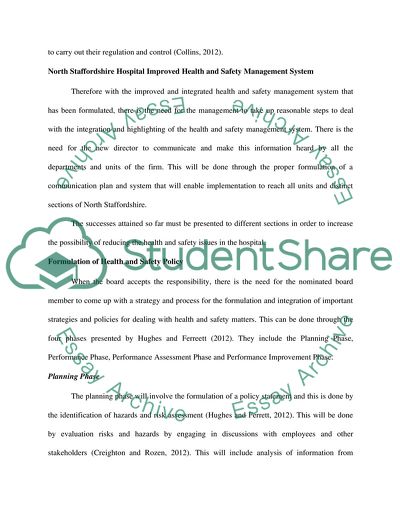Cite this document
(The Health and Social Care of the North Stafford-shire Combined NHS Case Study, n.d.)
The Health and Social Care of the North Stafford-shire Combined NHS Case Study. Retrieved from https://studentshare.org/social-science/1808268-health-and-social-care
The Health and Social Care of the North Stafford-shire Combined NHS Case Study. Retrieved from https://studentshare.org/social-science/1808268-health-and-social-care
(The Health and Social Care of the North Stafford-Shire Combined NHS Case Study)
The Health and Social Care of the North Stafford-Shire Combined NHS Case Study. https://studentshare.org/social-science/1808268-health-and-social-care.
The Health and Social Care of the North Stafford-Shire Combined NHS Case Study. https://studentshare.org/social-science/1808268-health-and-social-care.
“The Health and Social Care of the North Stafford-Shire Combined NHS Case Study”, n.d. https://studentshare.org/social-science/1808268-health-and-social-care.


